|
And another post inspired by the amazing blue planet 2.. Apart from the amazing footage of the octopus using shells to hide from the shark (pretty impressive, uh?) , this week episode was mostly about the green forests.. Kelp and large seaweeds are very important habitat components, but being 'living habitats' are exposed and at risk the same threats which affect all the rest of marine life: climate change, pollution... you name it! Which means in some cases active protection measures and sometimes restoration are needed to retain these very important features... Moreover, the presence of these living habitats can change species assemblages, and those changes can reflect back on the forest via feedback loops. Let me explain: if we lose some kelp, we may lose some some species of fish and they may be the same fish species that keep other algae from over-growing and occupy the space so that the kelp cannot come back the following year. Just an example. As David Attenborough showed us, the loss of one species can affect the whole of the system. He used the otter-urchin-kelp trophic cascade, a classic example of how losing the top player can change the game. When otters were hunted, and numbers dropped dramatically, then urchin proliferated and kelp was lost due to urchin overgrazing. This is just an example and similar things happen in other systems. Did you see how those big spider crabs were afraid of the single ray? Do you know that fear in itself can also change trophic cascades?
When we think of top predators we often think about sharks, however their close relatives, skate and rays, are also at the top of the food chain - well before humans come into play, as we fished out skates from many of our oceans..but recent work , which I was lucky enough to be part of, showed that the presence of skate in itself could help maintainance of bivalve reefs by changing crabs behaviour! This means that if we want to restore bivalve reefs, we have to think more widely about the surrounding ecosystem and take a 'holistic' approach. Restoring reefs, or other systems in general, should include all the components,from top predators to microbes, thus a unification of the many disciplines, and collaborations between ecologists, microbiologists, modellers etc should be encouraged in order to see the full picture!
0 Comments
Spoilers alert: if you have not seen the latest episode of blue planet and you are waiting for it then you may want to skip this. If, on the other hand, you have been touched by the ending then this is for you! Plastic, it's everywhere. Anything we buy in stores has plastic one way or another, whether the product itself contains it (hey it's found in anything from your toothpaste to your clothes!) or is at least packaged with it. Moreover, it has multiple ways of ending into the environment: from the classic 'thrown on the ground', to more hidden 'windswept'. From transport (apparently 4 containers are lost every day at sea) to its end, plastic creates a problem. Yes, we can do beach cleans, and yes we can pick up rubbish everytime we are out walking the dog but the problem is a lot bigger than that. First of all, plastic and ocean plastic in particular is not just what we see washed out on beaches (which can already be a lot depending on where you are!) but it also is a great presence in the higher seas, being trapped in the conveyor belt of currents, and, as we have seen with the bath-ducks in yesterday's episode, can be transported in many directions as well as just remaining trapped in ocean gyres... more than that, we have the visible plastic, but also invisible (unless you have a good microscope) one known as microplastic which can be as detrimental. And lastly all plastic degrades and leaves pollutants behind. These are persistent organic pollutants, which can act alone or in combination with other pollutants already present in the environment, with disastrous consequences.. These are in fact known to be endocrine disruptors, affecting reproduction and they are also fat soluble, which means they get passed up the food chain and can end up in mammalian milk thus affecting future generations of the ocean giants as we have seen in blue planet. And can you think of another fish-eating mammalian? One that inhabits land? Yes you are right: us! Our plastic will end up back to us... This has the potential to affect our reproduction, not just causing infertility (in men as well as women!) but also affecting fetal development, and impacting their hormones which will have negative consequences for generations to come... Surely, we shouldn't stop our good small everyday actions , including trying to go as zero waste as possible and reduce packaging. But we should ask for more from our governments and higher institutions, we should make demands, if not only to keep our planet healthy for the future generations, but to keep them healthy too! I have been to this festival twice while I was living in Northern Ireland, where they came to Newtownabbey as part of their UK tour - however, the tour this year was in September and I already moved out of the country. I must say I was a bit upset about missing it... although after a quick search online, finding out that there definitely wasn't a Dutch version of it, I found the Belgian equivalent...and... I live right on the border!!! Quickly I booked a ticket for their Antwerp show, with the intention of making a little weekend out of it... and here is where the story starts! So what is this 'film festival'?
The festival is a tour of some of the films from the 'Ocean film festival Australia', which shows in March. According to their 'about' website: 'At the Ocean Film Festival World Tour our vision is to inspire you to explore, respect, enjoy, and protect our oceans. Film is at the heart of the Ocean Film Festival World Tour and we aim to share the best films from around the globe with our audiences'. How does it work? An abstract from the site: 'Our vision is to inspire more people to explore, respect, enjoy, and protect our oceans. We are looking for a broad selection of films to fill a 2+ hour program that will tour Australia, Belgium, New Zealand, Italy, China the UK and more in 2018. We are searching for one long film (45mins to 60mins) and a number of short films (40 minutes and shorter) to make up our program.' You can submit your own film (... maybe for next year as the deadline for this year is approaching very soon) At the Ocean Film Festival World Tour we are actively searching for films covering topics including ocean exploration, ocean related adventures, marine creatures, ocean related sports, ocean racing, coastal cultures, sailing, diving, rowing, free diving, surfing, oceanic environment, and ocean lovers. The 2018 Ocean Film Festival tour will kick off in Australia in March 2018. The deadline for submissions is November 2017.' 2017 films.. Okay, so what did I watch and what did I enjoy most? Firstly I have to say that I think that while most films seemed to be the same between the UK and Belgian tour, some are different. For example, I am a bit upset that the film 'Fishpeople' by Patagonia was not there! And I cannot seem to find it on the European ITunes (not yet anyway...) :( This was replaced by '4 mums on a boat' , which I have already seen as part of the Banff film festival (a close relative...). Anyway, despite having already seen it, was not bad to watch again as it is a very interesting, motivating film where four 'mums' win the record for being the older team completing the Talisker Whisky Atlantic Challenge , the toughest rowing event. Inspiring, showing you can do anything if you put your mind to it... My favourites, however, in order were: 'Sea Gypsies' : as a sailing-loving girl, this film about sailing from New Zealand through to Patagonia via Antarctica was great! Not just adventure-filled but also about community of people that can form on board a vessel, and importance of being human and getting through some tough and scary times. Some funny parts, and they even attempt to help Sea Shepard! Recommend it 100%! 'Ocean rubbish' : in this film, David Day, an artist from Queensland picks up rubbish they found washed up on the shore and makes colourful yet surprisingly life-like models of all sorts of marine life, turning worthless junk into objects of beauty, and raising awareness of the ever-growing problem of plastic in our oceans. 3 Minutes of pure cool art made out of plastic - i'd be happy to have some of his models as art in my house :D Haven : of course, a free-diving video could not miss Guillame Néry. Great shots of the largest wreck in the mediterranean down at 40-50 meters, all filmed by free divers.. pretty cool if you ask me! I wish I could free-dive to those depths, but I am content with my 8-10 m Other films shown included 'the Legacy', with which I have some issues. A film about conservation of the oceans, which is great, and as a marine biologist I agree we should push for conservation. But, why only the conservation of the giant charismatic megafauna? Manta ray, sharks, turtle, dolphins, whales. Yes they have to be protected, but there is more to the ocean than them, and we should start pushing for conservation of the whole ecosystem... Countless times I have been told that cooking healthy and sustainably is only for the wealthy, that is too expensive to follow the sustainable life, that people have family so how can they afford to eat well ? Today’s recipe is not only yummy and full of goodness, it’s also zero waste and sustainable as well as being very very cheap (about €2.50 everything included for one very large portion or two smaller ones). Ok, I am telling you in advance is not really suitable for the faint of heart and it’s not super quick ( it does require a little preparation). Firstly, you will have to go find yourself a local fishmonger – ‘fishmonger?’ I hear you scream ‘but everyone knows that fish is expensive, how can this be a fish-based recipe?’. Simple! We are using "scraps" So, here goes the second task: ask them for some scrap parts. I got myself a nice fish head (full of meaty parts as well!) for a whole €0.50!!! I added to it a couple of crab claws as they are very tasty, but see what takes your fancy. Some molluscs would make a nice addition. Now, onto the preparation. To divide the meat from the bones I firstly gave the head a quick boil. It stayed intact, and took it out (keep the water though!!) and divided the good meat from the bones. I kept the bones (more on this in a minute). Then added the meat and other good parts from the head to the water, together with the crab claws, a can of peeled plum tomatoes, a shallot and a hint of chilli. Back on to cooking and it’s done! With the bones that I previously kept – they are still full of goodness, so why not make some fish stock for later-on in the week? Just add water and boil for as long as you can (the longer the better but be wary of losing too much water) – then sieve the bones out and done! Freeze or refrigerate and you have some nutrient dense stock to add to your next meal!
As part of my series on the environmental impacts of sports, this month I chose to have a look at a ‘sport’ very close to my hearth. As a marine biologist this is not simply just a sport, but an essential component of my work. Diving, in my opinion, can have both environmentally-friendly aspects but carry some risks for the environment that needs to be analysed in depth and discussed. As always I will try to provide some solutions and advice as well, to aid you make some informed choices! Let's look at the positives first: Firstly, when someone goes diving and immerse him/herself in the wonders of the blue water, he/she becomes aware of the magical hidden world that lives beneath the surface. This, perhaps, makes him/her more prone to taking protective actions towards it, and thus has great conservation potential... Secondly, recreational diving can be used as a useful tool for 'citizen science' projects, such as temperature data collection or seagrass monitoring! So not only fun but useful... But now... let's be a bit critical and look at the negative impacts of this sport on the environment: For example, scuba diving 'mass tourism' brings excessive number of people to dive in delicate ecosystems. More often than not, these divers are not careful and do not follow sensible code of conduct (do not take, do not touch..), perhaps are not even made aware of the actions that they should and shouldn't take whilst in the water. Another problem with this kind of tourism is that divers are often beginners, just taking their first open water experiences in the tropical destinations - nothing wrong with it per se, but with often limited 'buoyancy control' they risk damaging delicate ecosystems. Also, boating to the destination can have an impact per se - boat presence, noise, fuel consumption.. can amount to a high carbon footprint if you ask me! Not to talk about equipment, often made out of not so environmentally friendly material... So here a few simple rules and ideas to follow if you'd like to be a sustainable diver
We have all heard that plastic is damaging our environments, and that for a sustainable way of living we should reduce or even better stop using plastic produces, especially the disposable kind.. During the plastic challenge back in June, however, I have learned some hard truths, one of them being that it is actually very very very hard, if not impossible, to go completely plastic free! Even by having a reusable water bottle, reusable coffee cup, taking lunch into work and mostly shopping at markets or from local vendors instead of supermarket - some plastic items always ends up in my house. I always do my best to recycle, however: how do you know your recycling actually gets recycled? (trusting the council? maybe we should but we all hear stories that instil some doubts). The best way to ensure recycling is... DO IT YOURSELF! And doesn't have to be boring or ugly - somethings can be recycled into beautiful ideas.. So I will present you some of my latest Pinterest finds that I'd love to get started on, and invite you to do the same Plastic bags basketsPlastic bottles basketsJewellery beadsInstructions on the Frugal Crafter Self-watering seeding potsIf the drawing isn't self-explanatory enough you can find this simple yet pretty useful idea on here Now, these are just some of my plans for some diy recycling, especially since shortly I should be moving into a new apartment which will be in need of some decorations...
If you want to find more, pinterest is a great source of inspirations, for example if you have a garden/open space you can find ideas for bird feeders such as this one, or if you are feeling artsy and are good with these kind of DIY projects you can try out these pretty lotus flower candles. As I said, there is plenty out there for everyone, so go on and challenge yourself! And let me know how you get on!!! :D Seafood, many of us love it, and we eat so much of it that the sustainability of including it in our diets is debatable. This is often because we are limited in what we currently eat, or know how to eat, which means many stocks of our favourite fishy foods are being depleted, and many are borderline to collapse with management strategies struggling to cope. As I have already mentioned, eating seafood such as mussels can be sustainable and healthy. As I also mentioned, my current research investigates how to improve mussels cultivation on the seabed. One of the biggest problems and causes of mussel loss is predation on the mussels. Because of the natural way in which they are cultivated, they are subject of many natural pressures - and predation is one of them. Crabs are opportunistic species, and when small mussels are relayed on the seabed they aggregate and feed as much as they can - a little bit like going to an 'all you can eat' restaurant. Now, the crabs I am talking about are not the crabs that we are used to see in the fishmarket or the crabs that are currently commonly eaten. These crabs are called green crabs, shore crabs or, in latin, Carcinus maenas and they happen to also be an invasive and nuisance species in the coasts of the US where they are greatly damaging habitats and decreasing biodiversity. So - could we learn how to cook them and make good use of a nuisance species? In Italy, for example, we eat a closely related species, Carcinus aestuarii, along the Adriatic. Fishermen harvest the crabs just before they molt, and these softshelled crabs, called Moeche, are placed in an egg mixture, then fried and eaten mostly as aperitivo - YUM! On a really interesting website, called eattheinvaders,org (also amazing for recipes of other nuisance species, including herbs) there is a recipe for soft shelled crabs: 2 soft-shell crabs per person about 2 teaspoons of butter per crab, or enough to cover the bottom of the pan Cleaning a softshell is easy, for in this condition it is far from being its usual belligerent self and can be handled with impunity. With a sharp knife remove the eyes and the stomach, which is the soft substance just below and behind the eyes. Make a slit along each side, fold back the top skin a bit, and remove the “devil’s fingers”—or gills—those spongy strips just under the back. Rinse the crab in cold water and the job is done. Melt butter over medium heat in a pan equipped with a tight cover. Put in the crabs, cover, and sauté for about 10 minutes, shaking or turning them occasionally so they brown to an even golden color all over. Soft-Shells should be served with French bread. Garnish the crab with lemon slices, parsley, and watercress. And for the Moeche As many soft-shell crabs as you can find 3 egg yolks 1 cup flour 3 tablespoons of grated Parmesan cheese salt to taste Wash the moleche, or softshell crabs, in salt water. Beat the egg yolks and place in a bowl with a pinch of salt and Parmesan cheese. Mix the crabs with egg, allowing them to rest in the bowl for a few minutes to absorb the yolk. Dip the crabs in flour and fry in hot oil (375 degrees for approximately five minutes or until golden brown). Dry them on paper towels to absorb the grease. Sprinkle with salt and serve hot. From the same website, a comment from Mark Zanger says "I’ve hit only some big ones on the bay shore of lower Cape Cod, but find them so delicious they are worth picking from the shell. [...], I will stir-fry them black-bean sauce in the Cantonese manner.", and apparently chefs have been challenging themselves to try new recipes. Rich Vellante, executive chef of Legal Sea Foods in Boston, told the Boston Globe that green crab stock had a “pleasing ocean flavor.” He thought he could do something with it–and has started testing risotto and minestrone dishes. So I am calling all "wanna-be-chefs" to try out new recipes with these nuisance, I for one will challenge myself to try out some new recipes and why not, maybe host a crab party (NIOZ people you are warned in advance now, put your cooking hats on!) Moreover, eating these crabs cannot only be useful in terms of getting rid of an invader (where it is one) and reducing mussel losses, but could also create a new fishery - contributing to mussel farmers and other fishermen salary. I believe that if fished mindfully in the areas where it isn't an invader it could provide benefits to local fishing communities. So let's get cooking and spreading our recipes :)
And keep your eyes open for some of my own trials on the recipe page (when I actually find some time to do so) and if you want more info on my work feel free to contact me :) Some interesting articles of crabs effect on mussel plots in the meantime (will add one of my own once it gets finally accepted....): Capelle, J. J., Scheiberlich, G., Wijsman, J. W., & Smaal, A. C. (2016). The role of shore crabs and mussel density in mussel losses at a commercial intertidal mussel plot after seeding. Aquaculture International, 24(5), 1459-1472. Calderwood, J., O'connor, N. E., & Roberts, D. (2015). Effects of baited crab pots on cultivated mussel (Mytilus edulis) survival rates. ICES Journal of Marine Science, 72(6), 1802-1810. This is the first of a series of posts investigating environmental impacts of some of my favourite sports. Why? Because I care about the environment and I want to make sure I minimise my footprint, but I also love being active and particularly being active outdoors so I want to ensure I don't impact my surroundings while I enjoy myself... Let's start with a water sport - SUP (Stand Up Paddleboarding) Where is it practiced? Seas, Oceans, Lakes, Rivers - basically anywhere there is water! What does it involve? The name is pretty self explanatory - a board and a paddle. No engines or motorised parts, just human power or nature power when practiced on waves or rapids. Potential sources of environmental impacts - Disturbing nature As always when we are out in nature, we need to remember that we are the intruders. Often when you are paddleboarding you will enter some very peaceful habitats and may encounter wildlife. Remember to keep your distance and observe from far away, try not to disturb birds or mammals by getting too close. A - Materials Now, this is where some of these 'seemingly environmentally friendly' sports have some less-friendly impacts... SUP boards are often made from plastic materials which are very toxic in the making but can also leach out toxins (that act as endocrine disruptors with negative consequences for the aquatic life!), and include epoxy resins which are also full of toxic components.. Also where are these boards made? Often they are made with cheap labour from third world countries, with not only high environmental impacts but also negative effects for human welfare... really makes you think! But.. what makes you think also makes you find some solutions: Sustainable boards do exist Sustainable materials include wooden boards, however make sure to choose sustainable woods such as bamboo! Technology is also advancing and new materials, such as cloth made from flax and bioresins are starting to become available, although maybe still too expensive (and it will reflect on the price of the board). If you are thinking of investing in your own board, think of going as environmentally friendly as possible, and why not go even community friendly and find a local shaper? Inflatable boards are now also a thing, and while they are also very convenient for transport they are more environmentally friendly than their hardboard counterpart... so perhaps it could be an interim solution. And many surf school are now employing them, so you can always be eco friendly even if you are a beginner.. And talking of surf schools: if you live in South West England (or planning a holiday there), I recommend you to check out the 'Paddle Shack', Alana will coach you right from the beginning to get you up and going in no time! They offer a range of trips as well after you learnt the basics, which include a discovery trip (and Alana is a great marine biologist, which will introduce you to the marine life while guaranteeing it will be fully respected!) and also a SUP and SIP - tempted yet?? Go check them out on their Facebook page. Some pics from the 'shack...'Global warming has been defined as a gradual increase in the overall temperature of the earth's atmosphere generally attributed to the greenhouse effect caused by increased levels of carbon dioxide, CFCs, and other pollutants. Climate change has been defined as a change in global or regional climate patterns, in particular a change apparent from the mid to late 20th century onwards and attributed largely to the increased levels of atmospheric carbon dioxide produced by the use of fossil fuels. It is easy to see that global warming and climate change, while referring to a similar cause (increased emissions of atmospheric carbon dioxide production), are indeed two very different things. The former refers to an obvious increase, while the latter refers to a change.
Why is this duplicity a problem? Global warming and climate change have been often used interchangeably, while we have seen that one refers to an actual increase in temperature while the other to changes. Global warming is often easier for people to understand, it is a simpler term, referring to an actual phenomena (a trend, the increase) compared to 'change' an unknown, and and this is in my opinion what has lead to the rise of 'climate change deniers' who follow the global warming definition while referring to changes in general. Is the climate changing or warming? In my opinion, there is no denying that atmospheric emissions are changing our planet, yet those living in certain regions which are seeing increases in the frequency of storms, snow, number of days with temperature below freezing, may find difficult to believe that the climate is warming... What is happening? In very brief, the climate is warming, and the warmer atmosphere is leading to the melting of the ice in the polar caps. Still with me? After melting, the resulting water ends up in the ocean. 'But the ocean is full of water, what can some extra liquid change?' I hear you ask ?? The problem lies in the fact that melted ice is freshwater, which has a different density compared to seawater. Thus, this freshwater input is leading to changes in ocean waters movements alas currents. Currents play an important climatic role, most of you in Europe may be aware of the role played by the Gulf Stream, bringing warm water from Mexico up to the shore of Western Europe, warming our regions. Studies are beginning to show that this current is slowing down, being weakened, meaning that in the North Atlantic regions this climate warming is actually bringing colder temperatures. I am a firm believer in climate change, which as we have seen originates with global warming, so neither terms are bad or wrong. However, i am also a firm believer that sticking to the term climate change may be more useful for everyone to agree that it is something that is,indeed, happening and that we should definitely act upon to slow down or mitigate... As I am writing this I am sitting in the ferry terminal in Bastia, on the other side of Corsica from Calvi, where I spent a fantastic week of ‘Summer school’ (yes, even when you pass the 25-years-old mark you still go to school…). Firstly, what a fantastic place to learn. Placed in this idyllic settings we slept, ate and studied here, both in the classroom and in the laboratory. Did I mention the beautiful views we encountered in the walk to our sampling beach? And the fact that study breaks were swim breaks? And my morning trail runs… but that makes for another story... Back to the point: What was the school about? We spent one week at STARESO learning about benthic ecosystems (= the seafloor), which are intrinsically very connected to the pelagic system (= the water column). For example primary production by plankton in the water column is both dependent upon the nutrients released by the seafloor and will also bring some of these nutrients back to the seafloor realm once it dies off. So, as we can already see, ecosystem functioning is all in the fine balance. We need to further study these system to understand the balance, where are its tipping points? For example – some animals play a greater role compared to others in this exchange of nutrients, but we still know very little. And some of these same animals are disappearing quicker than others due to disturbances ( = human pressures!). And here the summer school comes in. The school was part of FaCE-it, a big project looking at the introduction of wind turbines over the scale of the whole of the North Sea.
Day 1 lesson 1: Scale is very important! So how do you measure these impacts? Classic/older approaches tended to focus on changes in species richness, diversity… However it is hard to place impact potentials to these metrics – species are changing worldwide.. so what? Lesson 2: Focusing on functioning is more important. But what is functioning? How do you measure it? As I mentioned at the beginning, nutrient exchanges between water and seafloor are extremely important. Nitrogen, Carbon.. the balance between these essential nutrients is what keeps waters clean, fish healthy, seafloors stable etc.. Goes without saying that maintaining the right balance will maintain essential services such as the provision of food and the maintenance of tourism. And here is where the summer school really did came in: we learnt many techniques to measure fluxes of oxygen, nitrogen, carbon, metals and other nutrients from the water into the sediments. Learnt to see how species can contribute to these fluxes, from collection methods to laboratory to statistical analysis of such complicated data. We learnt how to use less-invasive methods such as cameras that can penetrate the sediment allowing us to gather quantitative data on the health of such sediments. Hey, we even learnt how to model fluxes of nutrients (O, C, N) in seagrass beds using complicated mathematics that were taught in an easy-to-understand way (perhaps the swim breaks to oxygenate the brain helped!). I am now ready to take it all on board and use these new techniques in my future scientific explorations. So watch this space. And in the meantime, remember, everything is connected. So respect the ocean and the surrounding land (all of it, it will connect somehow). The planet is providing for us, but it all hangs in a delicate balance. Until we understand more, let’s try to do our best to keep it in balance and keep it as clean as possible, as nature made it… |
Disclaimer: some posts may contain affiliate links. At no extra costs to you, buying through the link will help me in this blogging journey!
Archives
January 2023
Categories
All
|
Photos used under Creative Commons from doustpauline of > \whatwhenwhere/ <all behind., R'lyeh Imaging, Casey Hugelfink, Eric Tessmer, Honolulu Hawaii, marcoverch, shixart1985, Pascal Volk, ericcooper3, shixart1985, Rennett Stowe, romanboed, Free Public Domain Illustrations by rawpixel, Double--M, shixart1985, Ewan-M, focusonmore.com, Bennilover, dsgetch
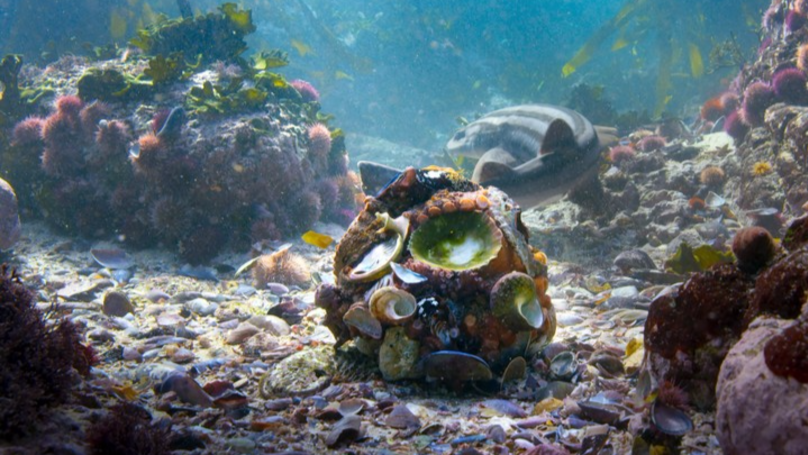
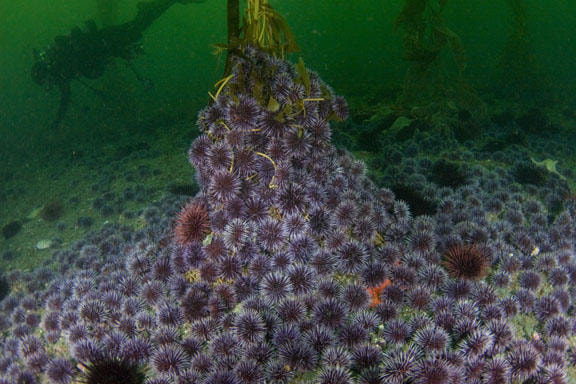
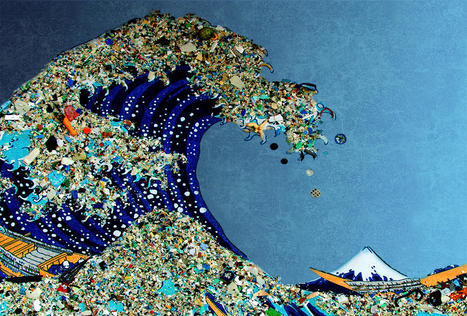
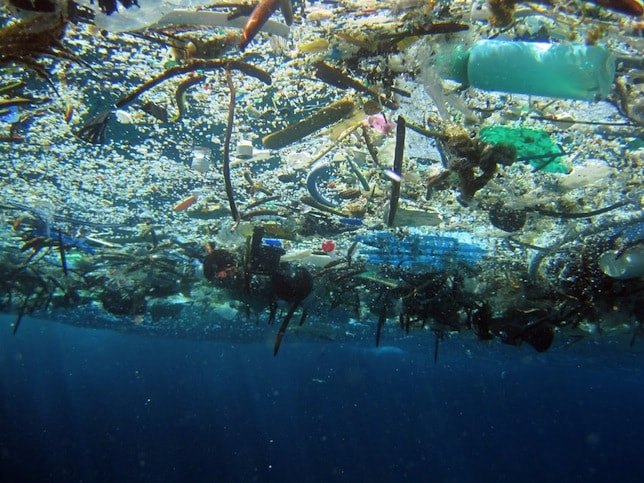
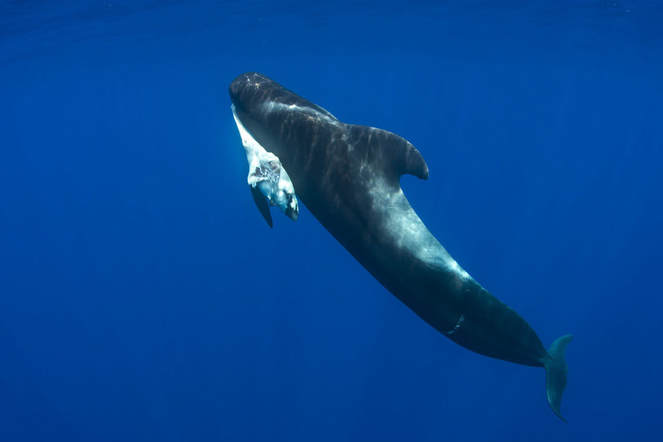
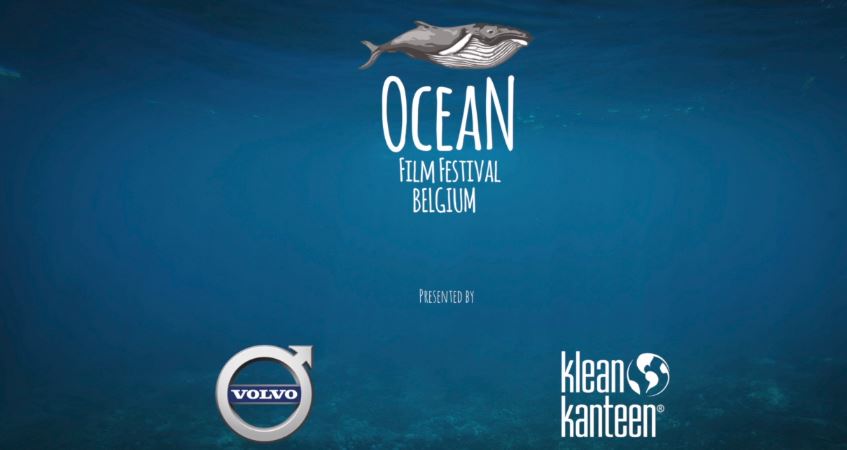
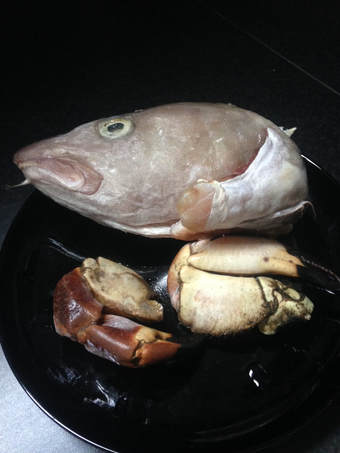

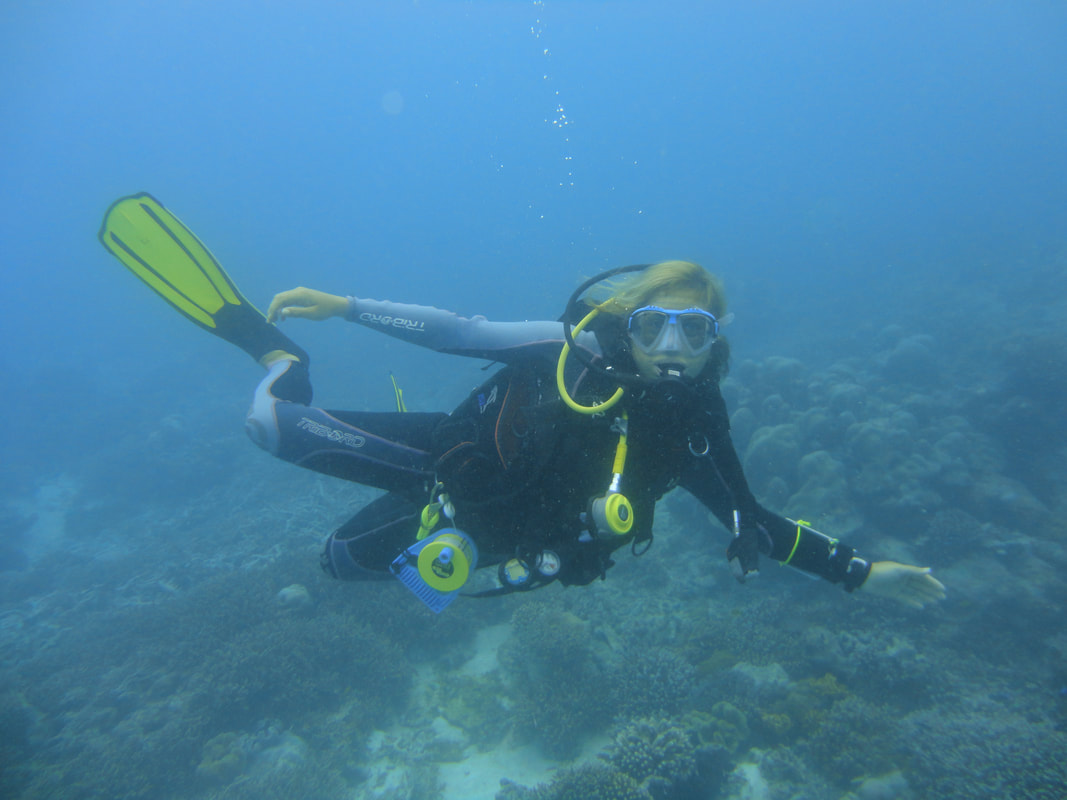
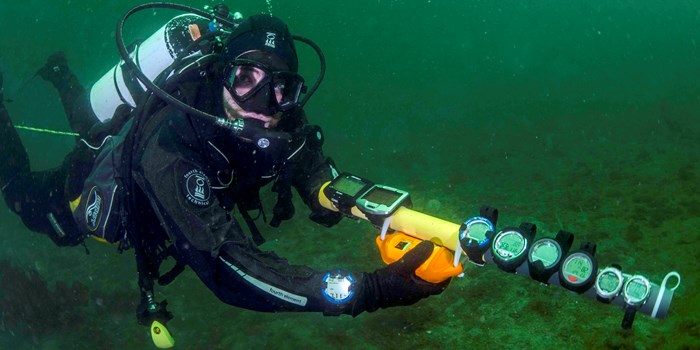
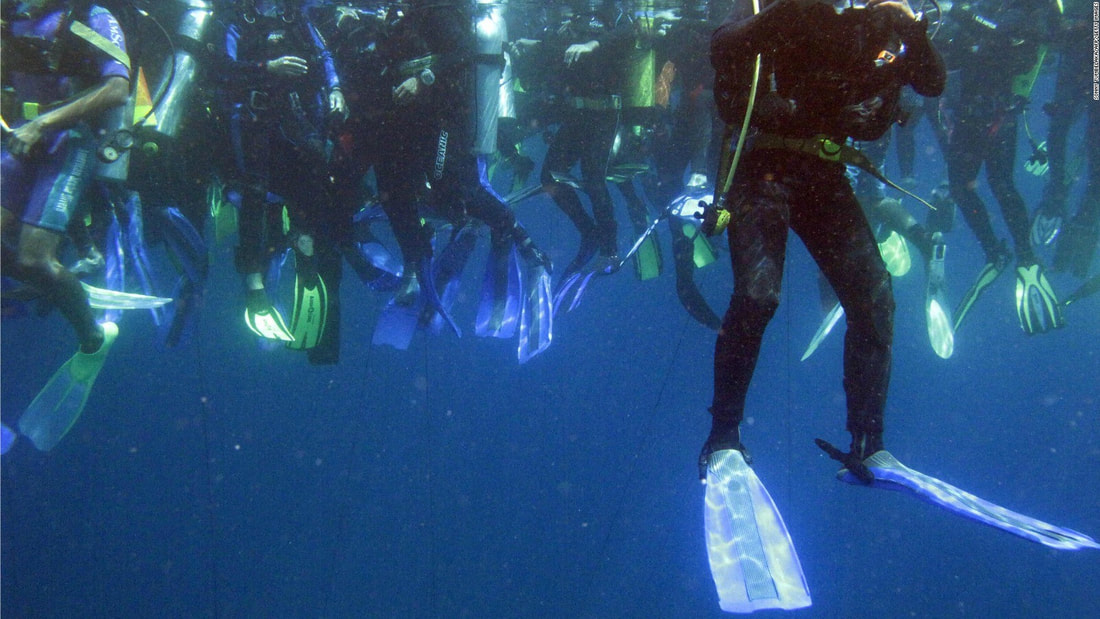

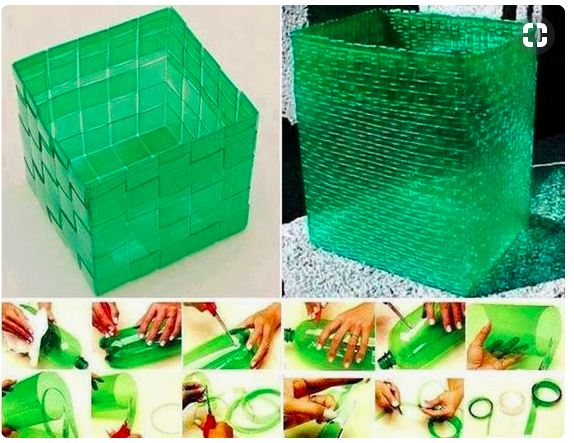
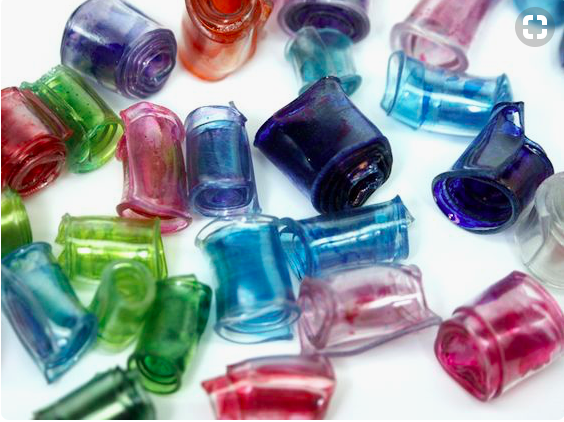
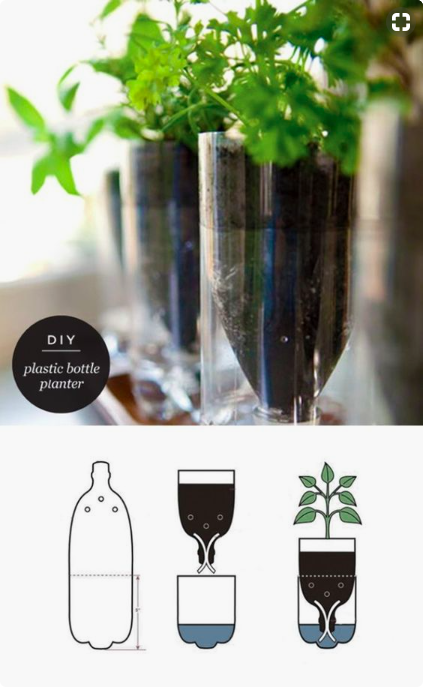
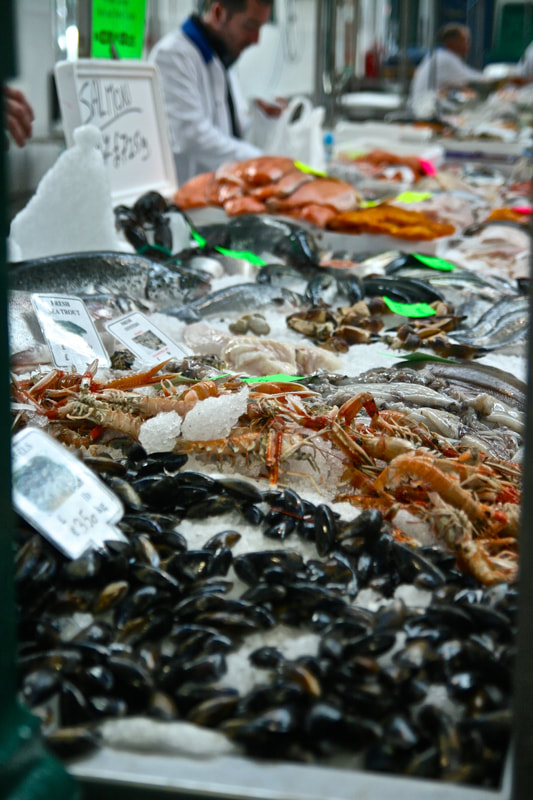
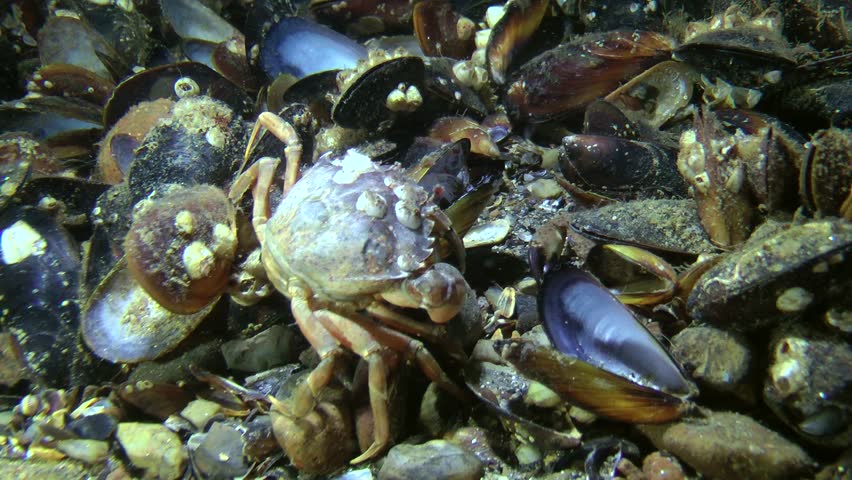
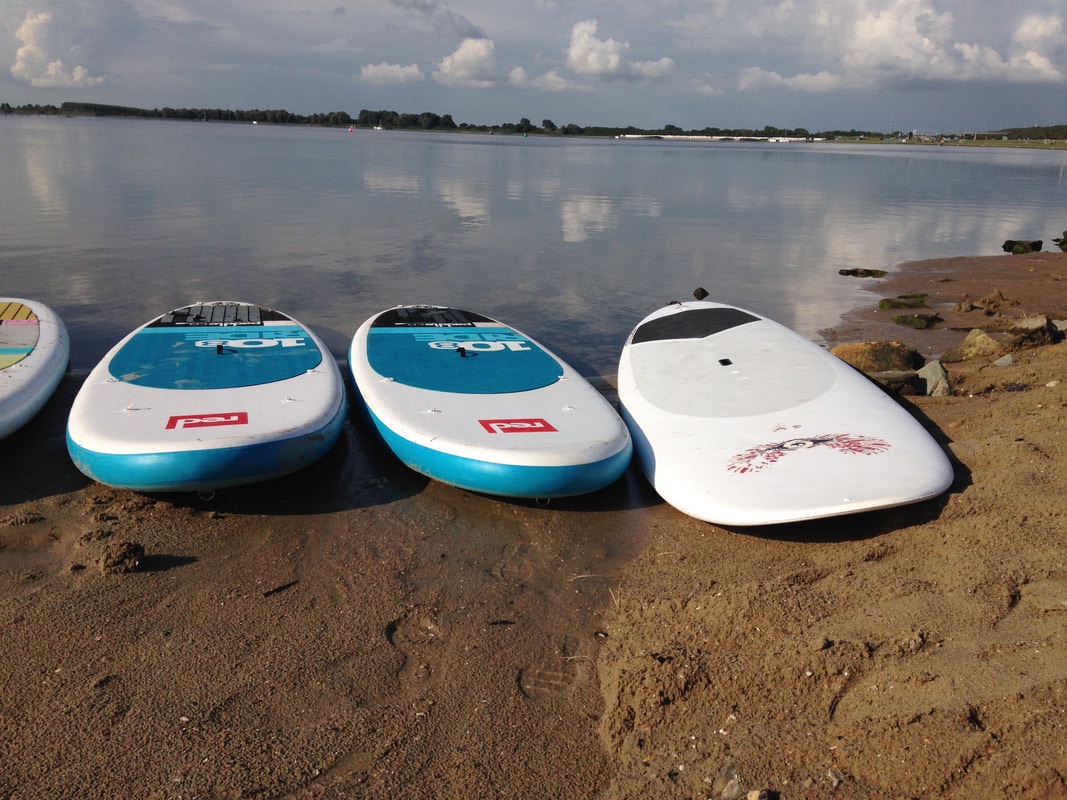
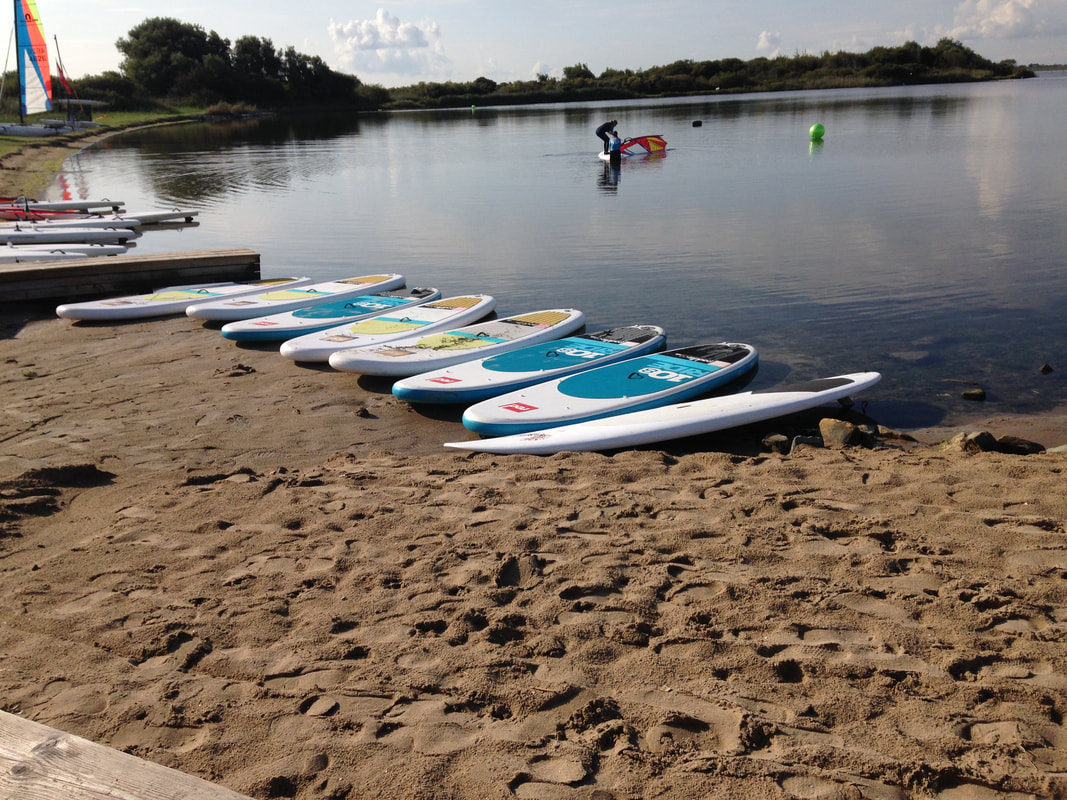
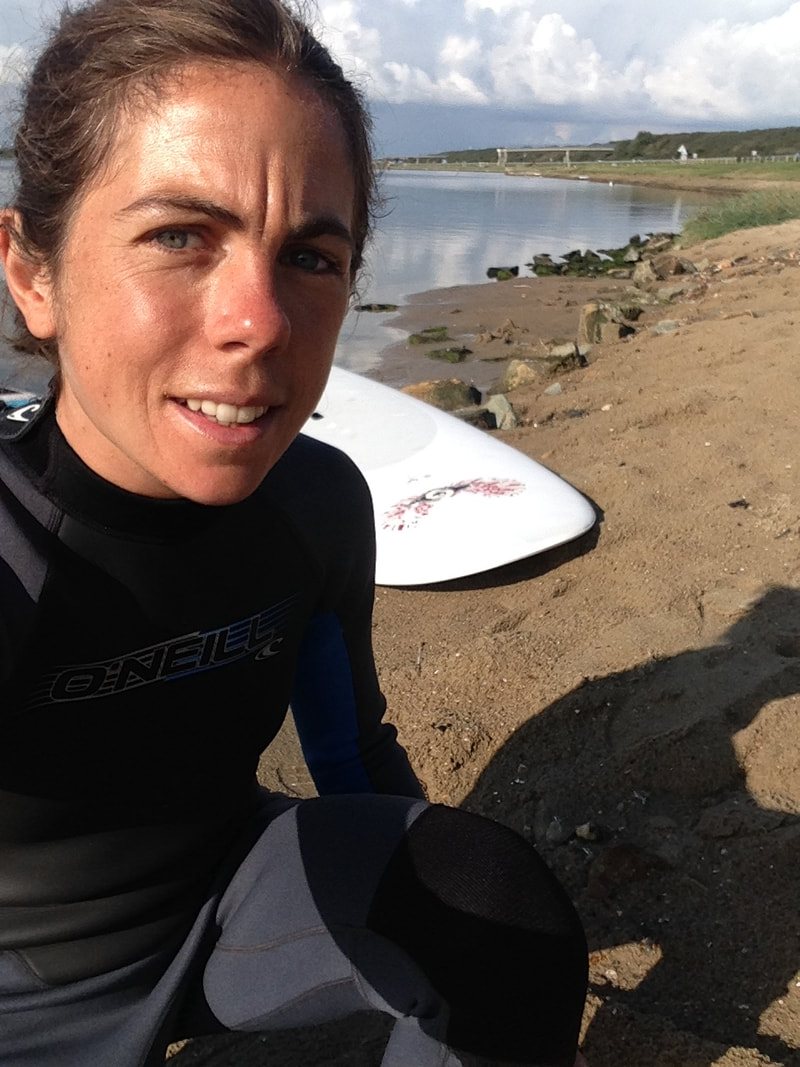

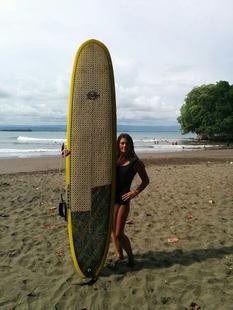
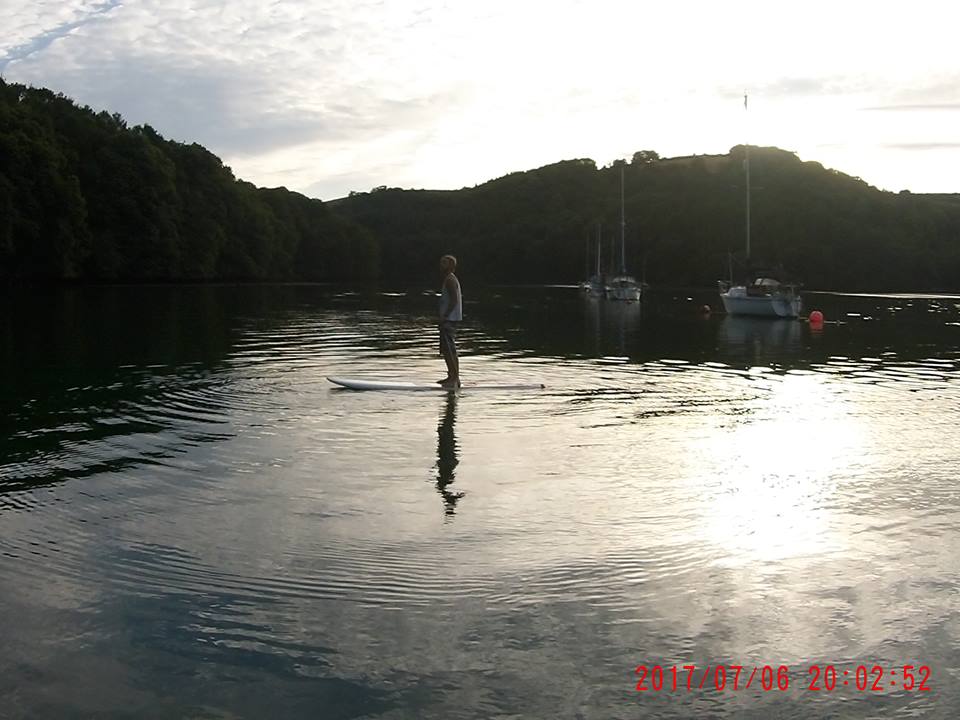
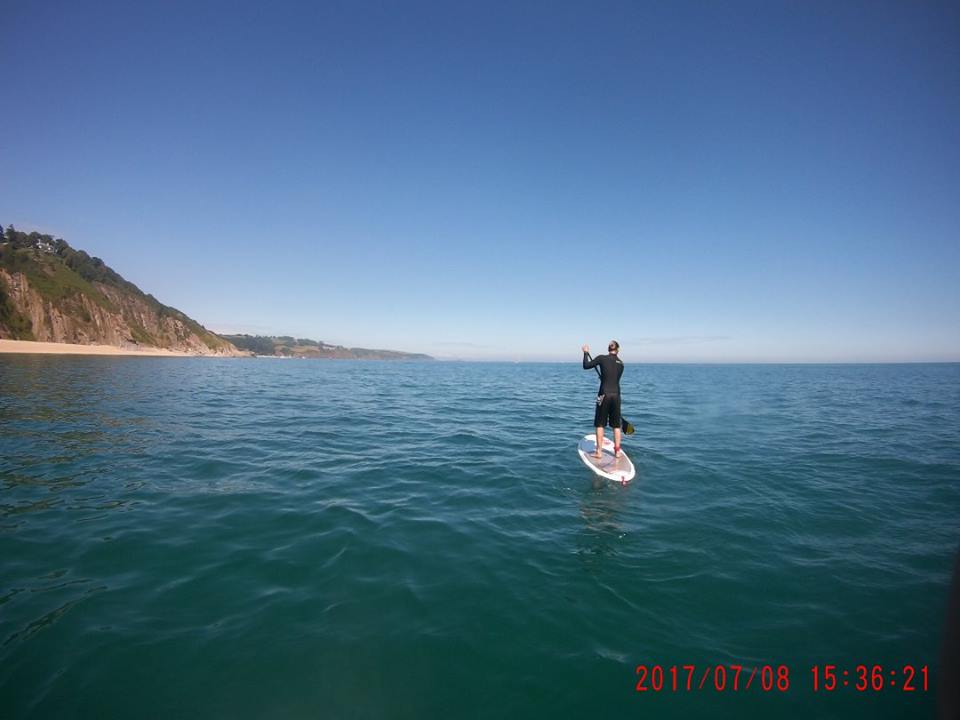
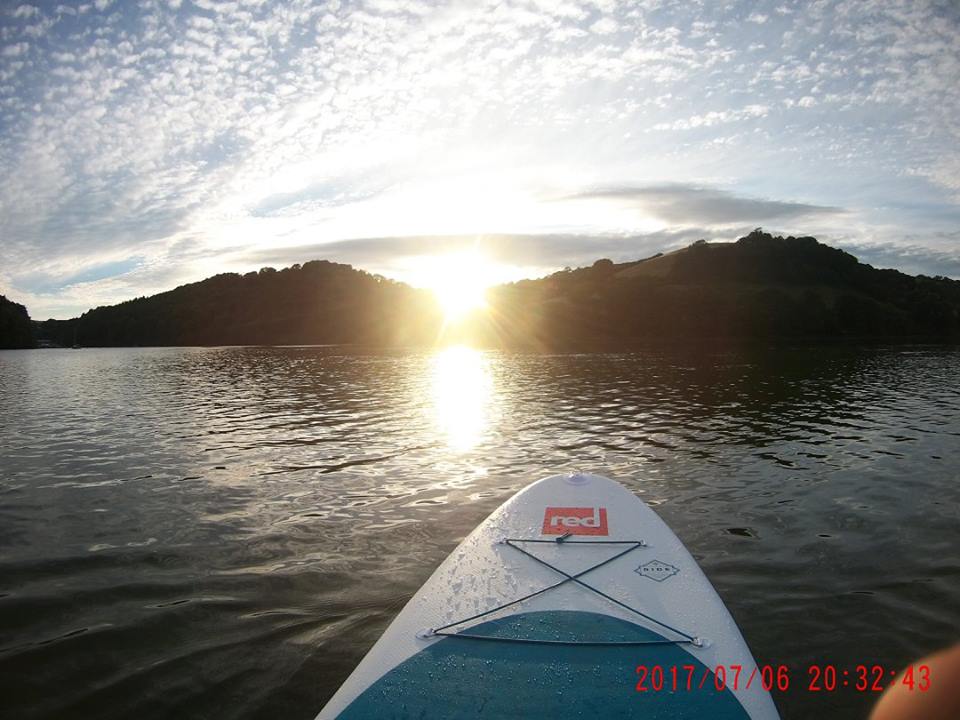
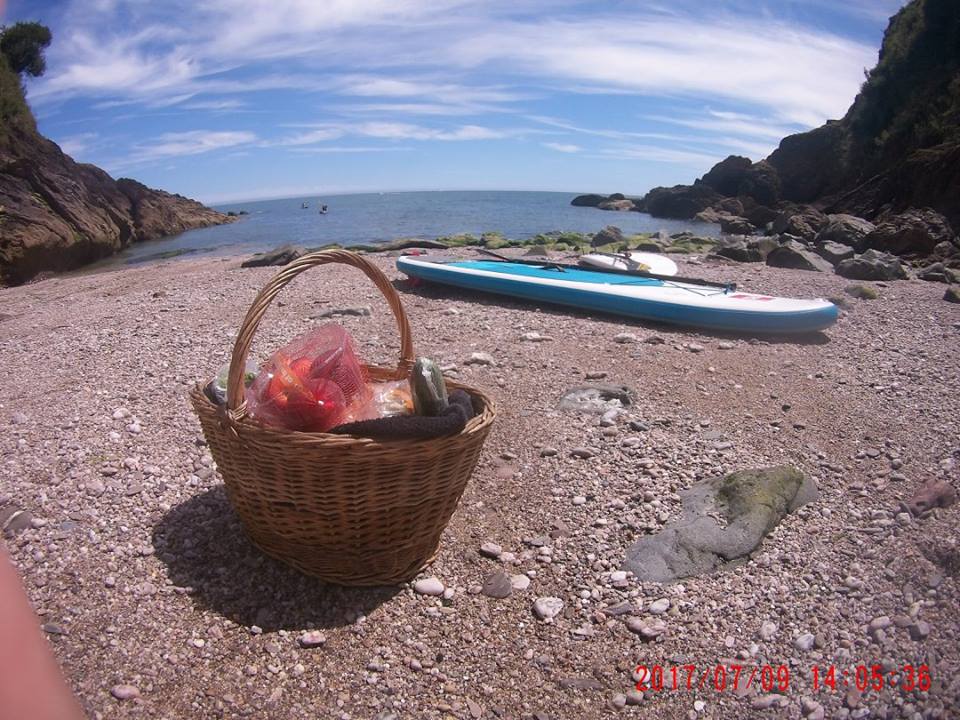
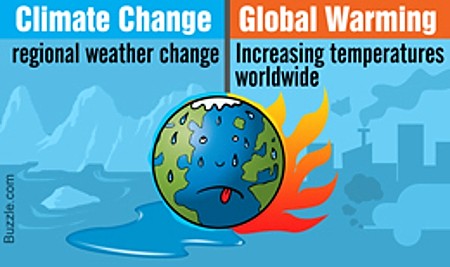
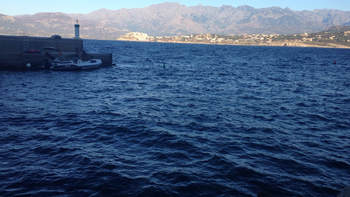
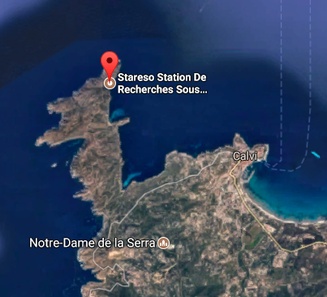
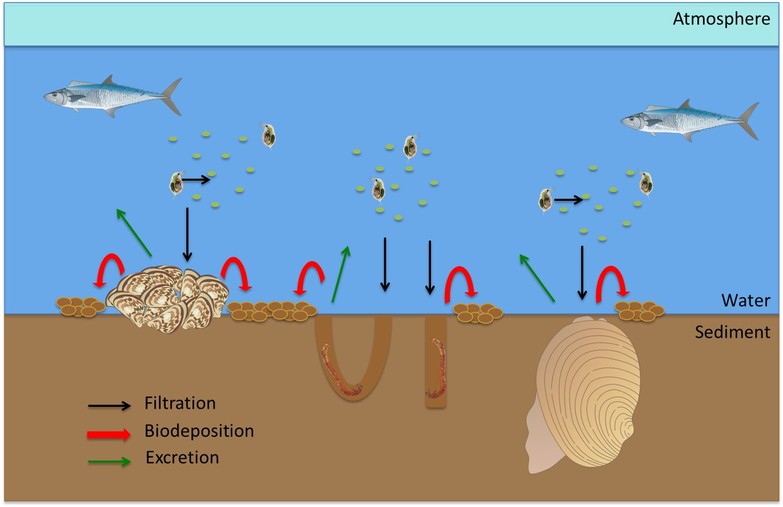
 RSS Feed
RSS Feed
